The Deck of Cards
‘The Deck of Cards ’ by Ben Yates, United Kingdom, 2011.

The Deck of Cards was produced by Ben Yates, a Devon-based artist, in 2011. He describes the pack as “a playable deck where each card is represented by a photograph of objects, architectural details or people all involving the card suits” . The pack contains 52 cards and 4 jokers, and might perhaps be described as semi-transformational. The pips have often been placed to fit into the photograph or are represented by appropriately shaped objects.
Ben Yates describes his work as Photo-Cubism - digital prints mounted on a 3-dimensional structure of blocks of different heights. His mission has become taking photography and melding it with other art forms, innovating in a technical and aesthetic way. His work is bright and intricate, yet simple, vibrant and young - extracted from the artist’s website►
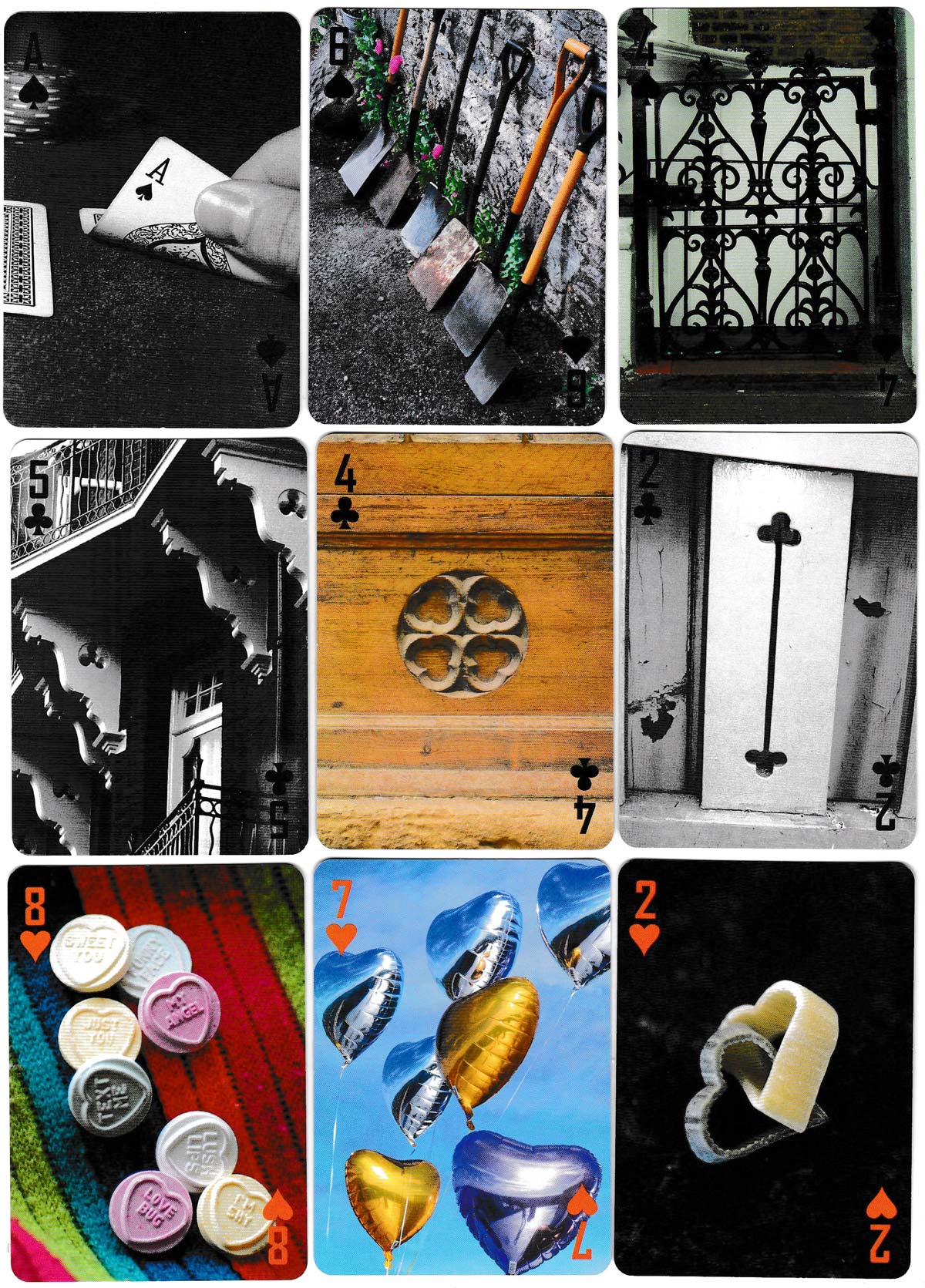
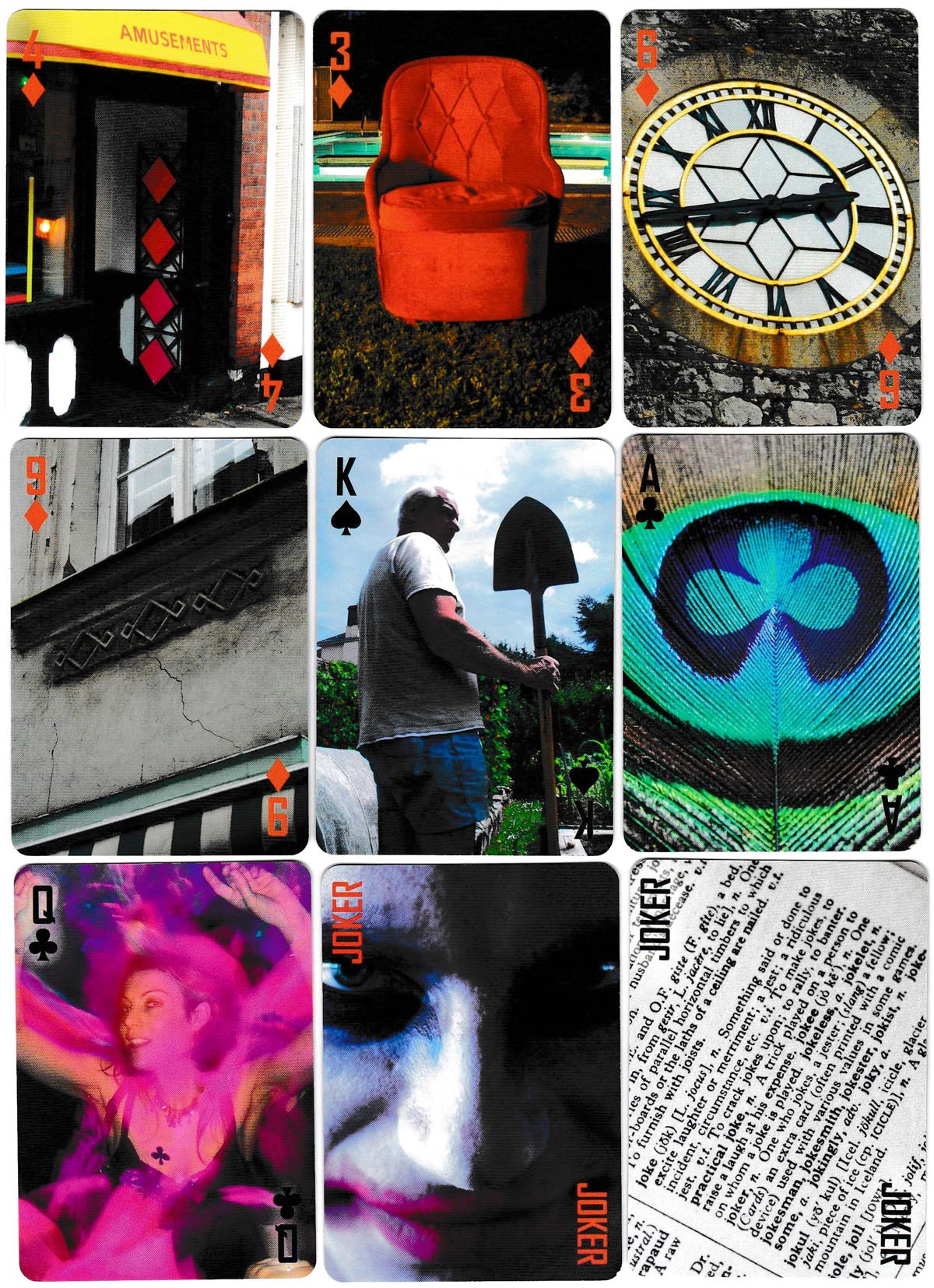
Above: ‘The Deck of Cards ’ by Ben Yates, United Kingdom, 2011.
By Peter Burnett
United Kingdom • Member since July 27, 2022 • Contact
I graduated in Russian and East European Studies from Birmingham University in 1969. It was as an undergraduate in Moscow in 1968 that I stumbled upon my first 3 packs of “unusual” playing cards which fired my curiosity and thence my life-long interest. I began researching and collecting cards in the early 1970s, since when I’ve acquired over 3,330 packs of non-standard cards, mainly from North America, UK and Western Europe, and of course from Russia and the former communist countries.
Following my retirement from the Bodleian Library in Dec. 2007 I took up a new role as Head of Library Development at the International Network for the Availability of Scientific Publications (INASP) to support library development in low-income countries. This work necessitated regular training visits to many sub-Saharan African countries and also further afield, to Vietnam, Nepal and Bangladesh – all of which provided rich opportunities to further expand my playing card collection.
Since 2019 I’ve been working part-time in the Bodleian Library where I’ve been cataloguing the bequest of the late Donald Welsh, founder of the English Playing Card Society.

Related Articles

Cathedrals, Abbeys & Minsters playing cards
54 pictures of different famous cathedrals, abbeys and minsters in England and Wales.

Golf playing cards
Golf playing cards published by Marks & Spencer, UK.

Empics playing cards
Photography from the UK and around the world, past and present.
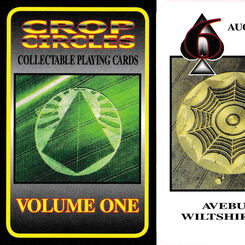
Crop Circles collectable playing cards
Crop Circles collectable playing cards with photography by Lucy Pringle, United Kingdom, 2007.

Eurocell® playing cards
Promotional playing cards produced by Eurocell® (UPVC window, door, conservatory and roofline system...
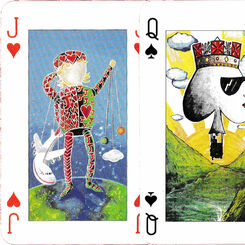
The Winning Hand
The Winning Hand playing cards with artwork from multiple artists, United Kingdom, 1993.

Meantime brewery
‘Meantime’ craft brewery playing cards, United Kingdom, c. 2000.

Cycle all over London
Cycle all over London playing cards published by Transport for London Street Management, 2003.

Goldfish
Playing cards advertising the Goldfish credit card brand, c.1996.
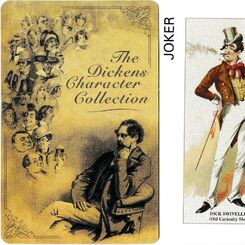
Dickens Character Collection
Dickens Character Collection published for a London Casino as a promotional gift.
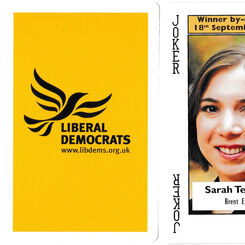
Liberal Democrats Playing Cards
Liberal Democrat MPs shown on playing cards at the time of the annual Party Conference in September ...

Even More Trial and Error
“Even More Trial and Error” produced by the Worshipful Company of Makers of Playing Cards, United Ki...
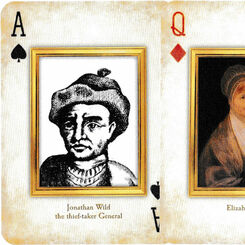
Trial and Error
Trial and Error produced by Lance Whitehouse, Past Master of the Worshipful Company of Makers of Pla...

Souvenir of Panama
A photographic souvenir of Panama consisting of 52 cards and 2 jokers.
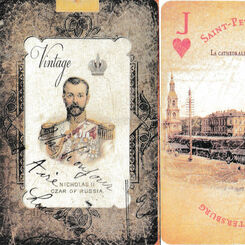
Saint Petersburg vintage playing cards
Saint Petersburg vintage photography playing cards.

Pack of dogs
Pack of dogs playing cards with portraits by Gina Andrews, England, 2017.
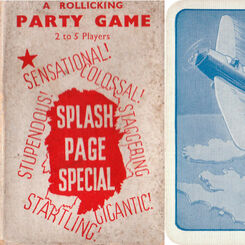
Splash Page Special
Splash Page Special party card game.

Tease Me
‘Tease Me’ 1960s glamour pack.

What the Butler Saw
“What the Butler Saw” playing cards depicting tasteful photography of the female body.

Prime Arts
Prime Arts Playing Cards were published in 2004 featuring the work of contemporary artists, illustra...
Most Popular
Our top articles from the past 60 days






















